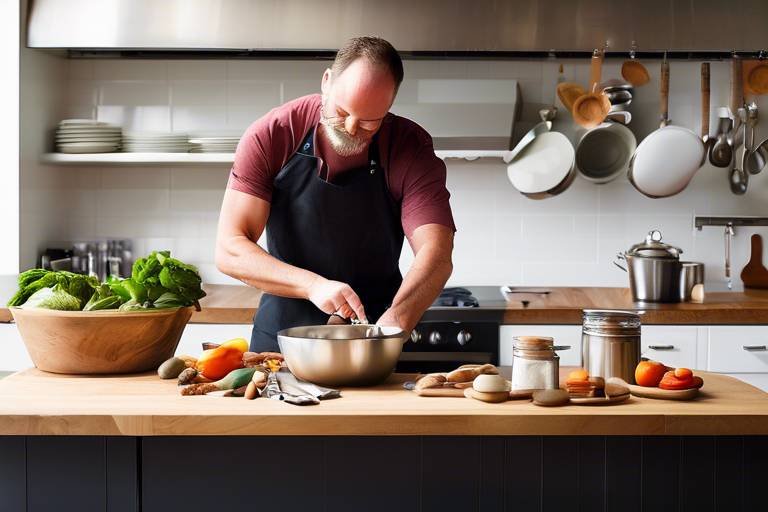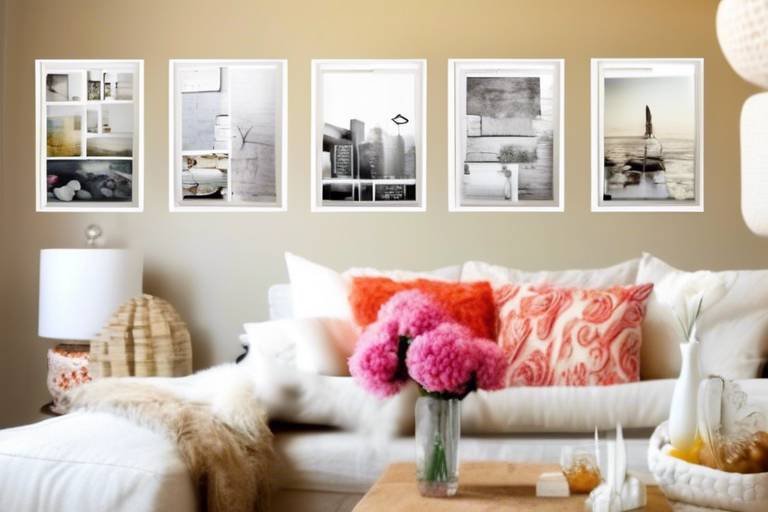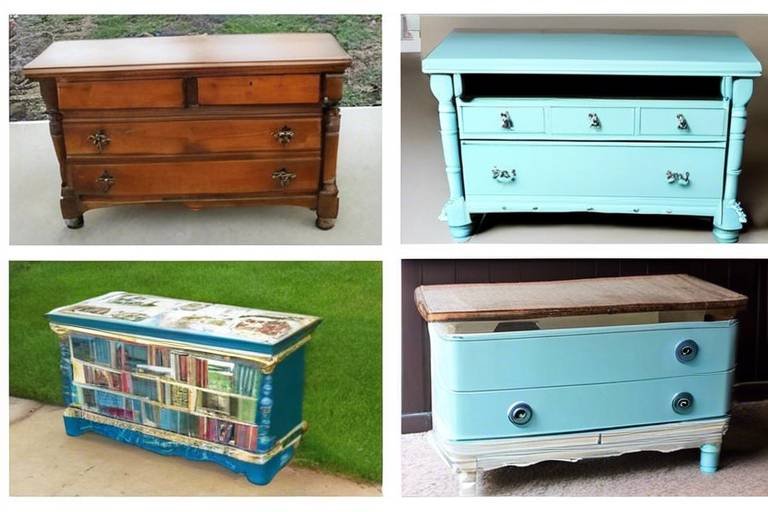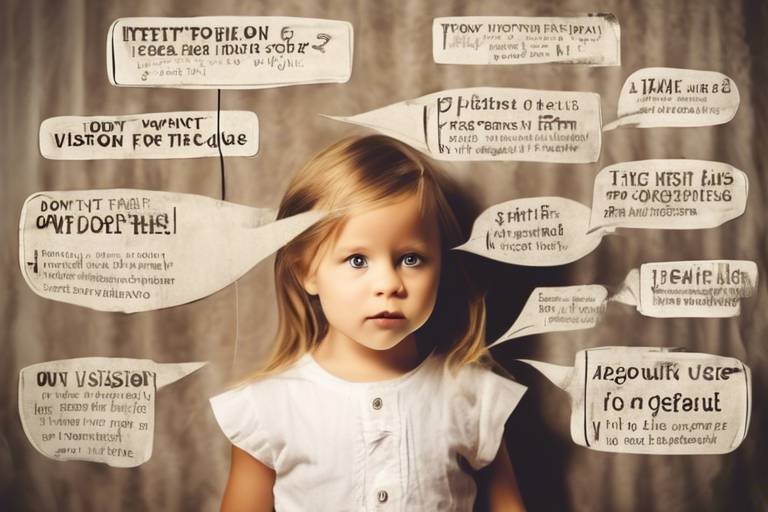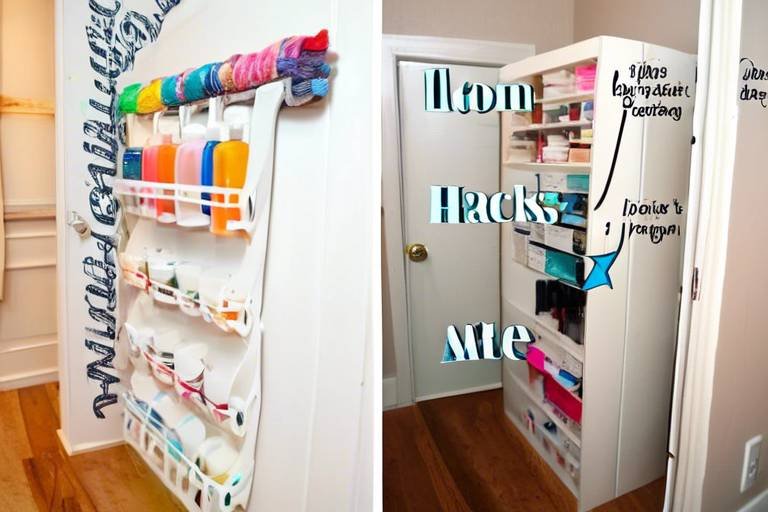How to Reduce Clutter in Your Life
Are you feeling overwhelmed by the chaos and clutter in your living space? Do you dream of a more organized and peaceful environment but don't know where to start? You're not alone. Many people struggle with clutter, whether it's physical possessions piling up or digital files cluttering their devices. The good news is that reducing clutter is not only possible but also incredibly beneficial for your well-being. By decluttering your life, you can create a sense of calm and clarity that will positively impact every aspect of your daily routine.
When it comes to decluttering, the first step is to identify the clutter hotspots in your home or workspace. These are the areas that tend to accumulate clutter quickly and contribute to a sense of disorganization. By pinpointing these trouble spots, you can develop a targeted approach to tackling the clutter and preventing it from building up again in the future.
One popular method for decluttering is the KonMari method, developed by renowned organizing consultant Marie Kondo. This approach focuses on decluttering by category and keeping only items that "spark joy." By following the KonMari method, you can transform your living space into a place of serenity and harmony, free from unnecessary clutter.
Another effective strategy for reducing clutter is embracing a minimalist lifestyle. Minimalism is not just about owning fewer possessions; it's a mindset that encourages simplicity and intentionality in all areas of your life. By decluttering your physical space and simplifying your belongings, you can create a more focused and purposeful living environment.
But decluttering isn't just about physical possessions. It's also essential to address emotional clutter – the attachments we form to our belongings that can weigh us down. Learning to let go of items that no longer serve a purpose or bring value to your life is a crucial step in achieving a clutter-free existence.
When it comes to digital clutter, managing your digital life is just as important as decluttering your physical space. Organizing your files, decluttering your emails, and reducing screen time are all effective ways to create a healthier digital environment and improve your overall well-being.
Practicing mindfulness can also be a powerful tool in reducing clutter. By cultivating awareness and making intentional decisions about what to keep and what to discard, you can approach decluttering with a clear mind and a focused purpose. Additionally, seeking professional help from a professional organizer or therapist can provide valuable support in navigating deep-seated emotional clutter and creating lasting change in your life.
By incorporating these tips and strategies into your daily routine, you can effectively reduce clutter in your life and create a more organized and peaceful living space. Remember, decluttering is not just about getting rid of stuff – it's about creating space for the things that truly matter and bringing balance and harmony into your life.

Identifying Clutter Hotspots
When it comes to reducing clutter in your life, the first step is to identify the hotspots where clutter tends to accumulate. These areas are often the main culprits of disorganization and can hinder your ability to maintain a tidy living space. By pinpointing these clutter hotspots, you can create a targeted plan to address the root cause of the mess and prevent it from recurring.
Common clutter hotspots in a home include the entryway, kitchen counters, dining table, and bedroom surfaces. These areas are prone to collecting items such as mail, keys, clothes, and miscellaneous objects that are frequently used but not put away properly. By recognizing these trouble spots, you can implement specific strategies to keep them organized and clutter-free.
One effective way to identify clutter hotspots is to observe your daily habits and routines. Take note of where items tend to pile up or where you struggle to find space for essential belongings. By being mindful of these tendencies, you can proactively address clutter before it spirals out of control.

Decluttering Methods
When it comes to decluttering, there are various methods and approaches you can take to simplify your living space and create a more organized environment. One popular method that has gained widespread attention is the KonMari method, developed by Marie Kondo. This method focuses on the idea of sparking joy and involves tidying up by category rather than by location. By carefully assessing each item and only keeping those that bring joy, you can significantly reduce clutter and create a space that truly resonates with you.
Another effective decluttering approach is embracing a minimalist lifestyle. Minimalism is not just about owning fewer possessions; it's a mindset that encourages simplicity and intentionality in all aspects of life. By decluttering your living space and letting go of excess belongings, you can create a sense of clarity and focus, allowing you to prioritize what truly matters to you.
Organizing systems are also valuable tools in the decluttering process. Implementing storage solutions, such as bins, shelves, and labels, can help you maintain a clutter-free environment and make it easier to find and access your belongings. By establishing designated spaces for each item, you can prevent clutter from accumulating and ensure that everything has its place.
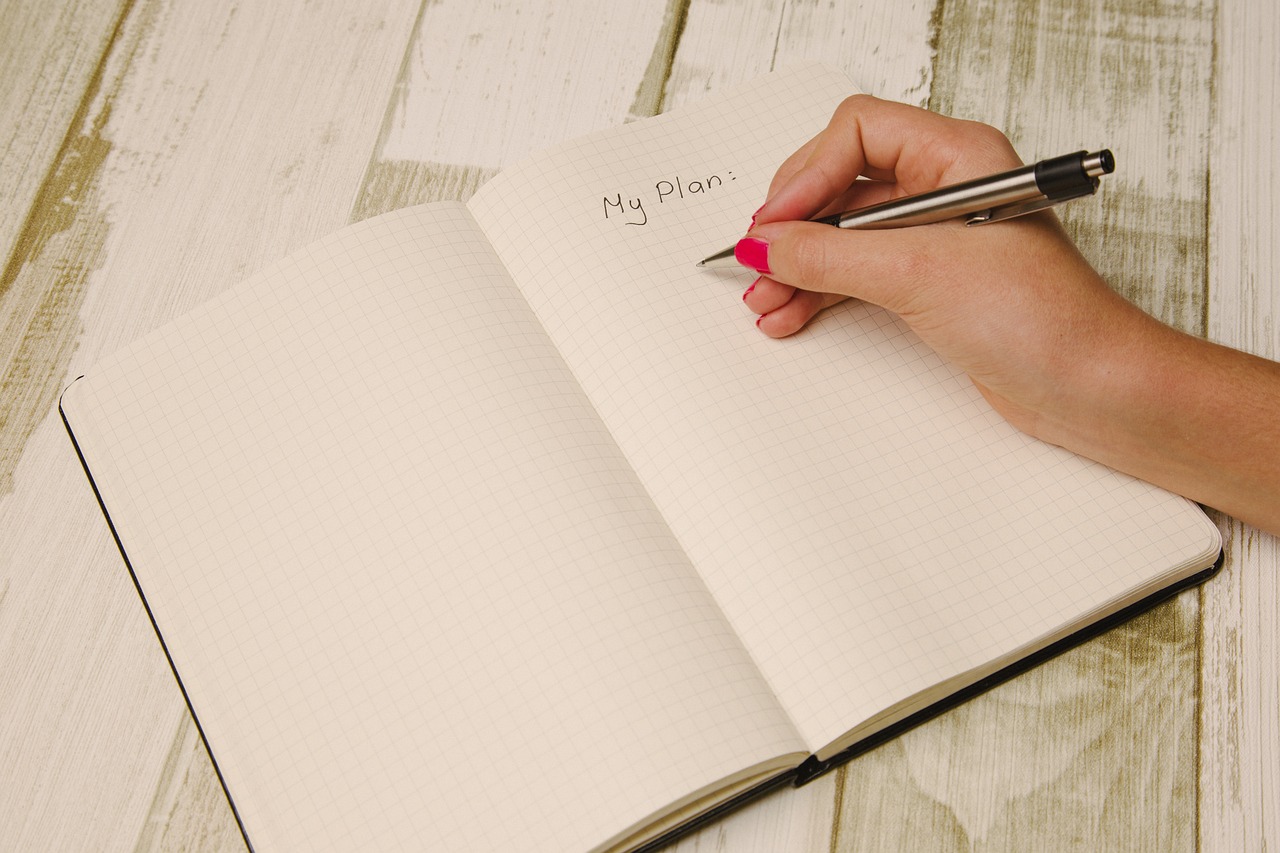
Marie Kondo's KonMari Method
Marie Kondo's KonMari Method is a revolutionary approach to decluttering and organizing your living space. This method, popularized by Marie Kondo's best-selling book "The Life-Changing Magic of Tidying Up," emphasizes the concept of sparking joy in your belongings. The key principle behind the KonMari Method is to keep only items that truly bring happiness and let go of everything else.
One of the distinctive features of the KonMari Method is the practice of tidying by category rather than by location. By sorting through items such as clothing, books, papers, miscellaneous items, and sentimental belongings in a specific order, you can make more informed decisions about what to keep and what to discard. This systematic approach helps prevent the re-accumulation of clutter and promotes a more organized living environment.
Marie Kondo also emphasizes the importance of expressing gratitude towards your belongings. Before discarding an item, take a moment to thank it for its service and the role it played in your life. This act of gratitude can help you appreciate the value of the items you choose to keep and create a more mindful relationship with your possessions.
Furthermore, the KonMari Method encourages folding clothes and arranging items in a way that is visually appealing and easy to access. By creating a visually pleasing environment, you can enhance the overall atmosphere of your living space and promote a sense of calm and tranquility.
Overall, Marie Kondo's KonMari Method offers a holistic approach to decluttering that goes beyond simply tidying up. It encourages individuals to evaluate their relationship with their possessions, prioritize what truly matters to them, and create a living space that reflects their values and brings joy into their lives.
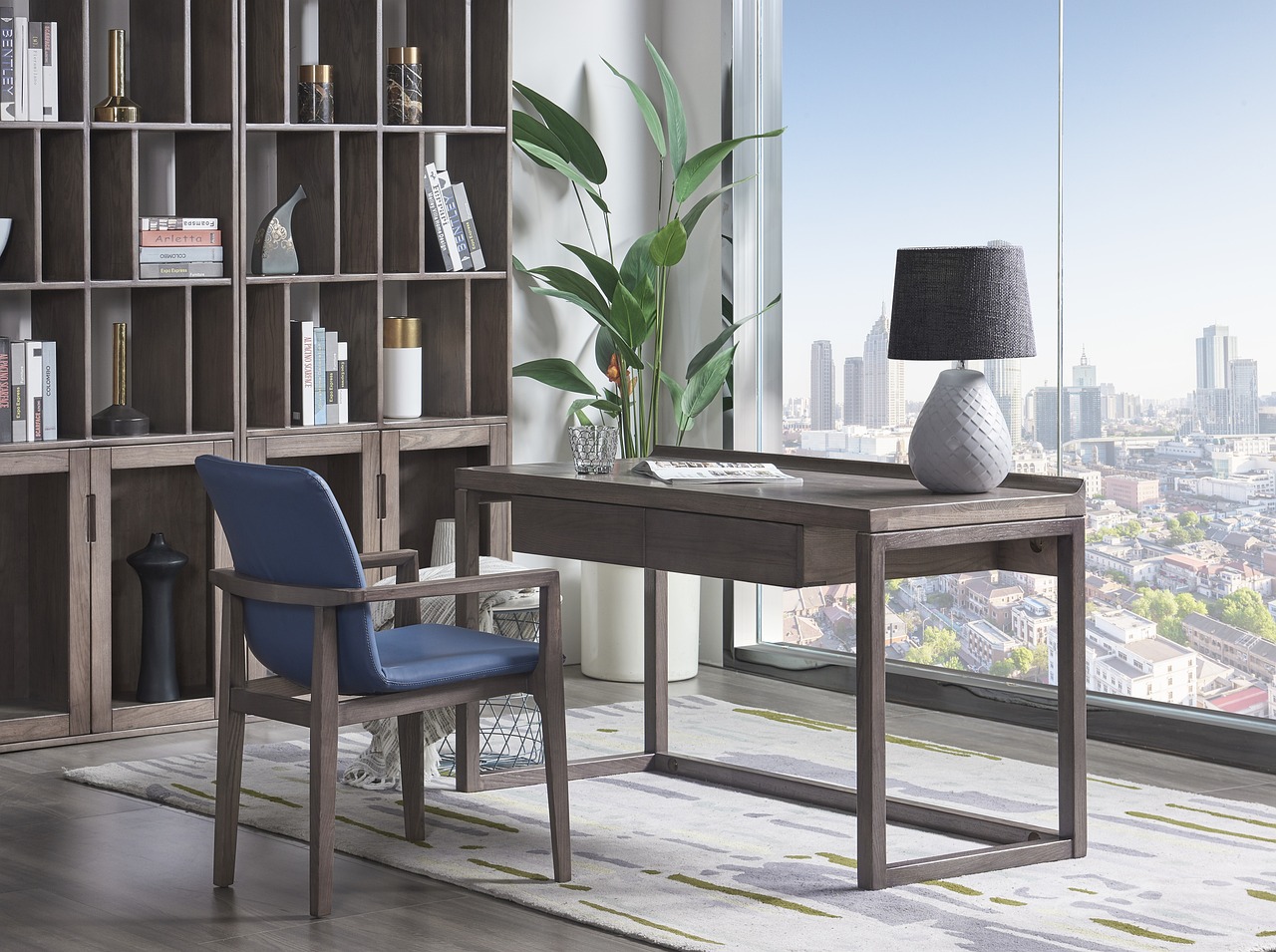
Minimalism Lifestyle
Living a minimalist lifestyle is not just about decluttering your physical space; it's a mindset that focuses on simplicity, intentionality, and mindfulness. By embracing minimalism, you aim to own fewer possessions, prioritize experiences over material things, and cultivate a sense of freedom from the constant need for more. It's about stripping away the excess to uncover what truly brings value and joy to your life.
Minimalism encourages you to be intentional with your choices, whether it's the clothes you wear, the items you keep in your home, or the activities you engage in. By simplifying your surroundings and reducing distractions, you create a sense of calm and clarity that allows you to focus on what truly matters. This lifestyle shift can lead to increased productivity, reduced stress, and a greater appreciation for the things that add genuine value to your life.
In a world filled with consumerism and the constant pursuit of more, minimalism offers a refreshing alternative. It challenges the notion that happiness is found in material possessions and invites you to question the true source of fulfillment. By letting go of the unnecessary, you make room for what truly resonates with your values and goals, leading to a more meaningful and purposeful existence.
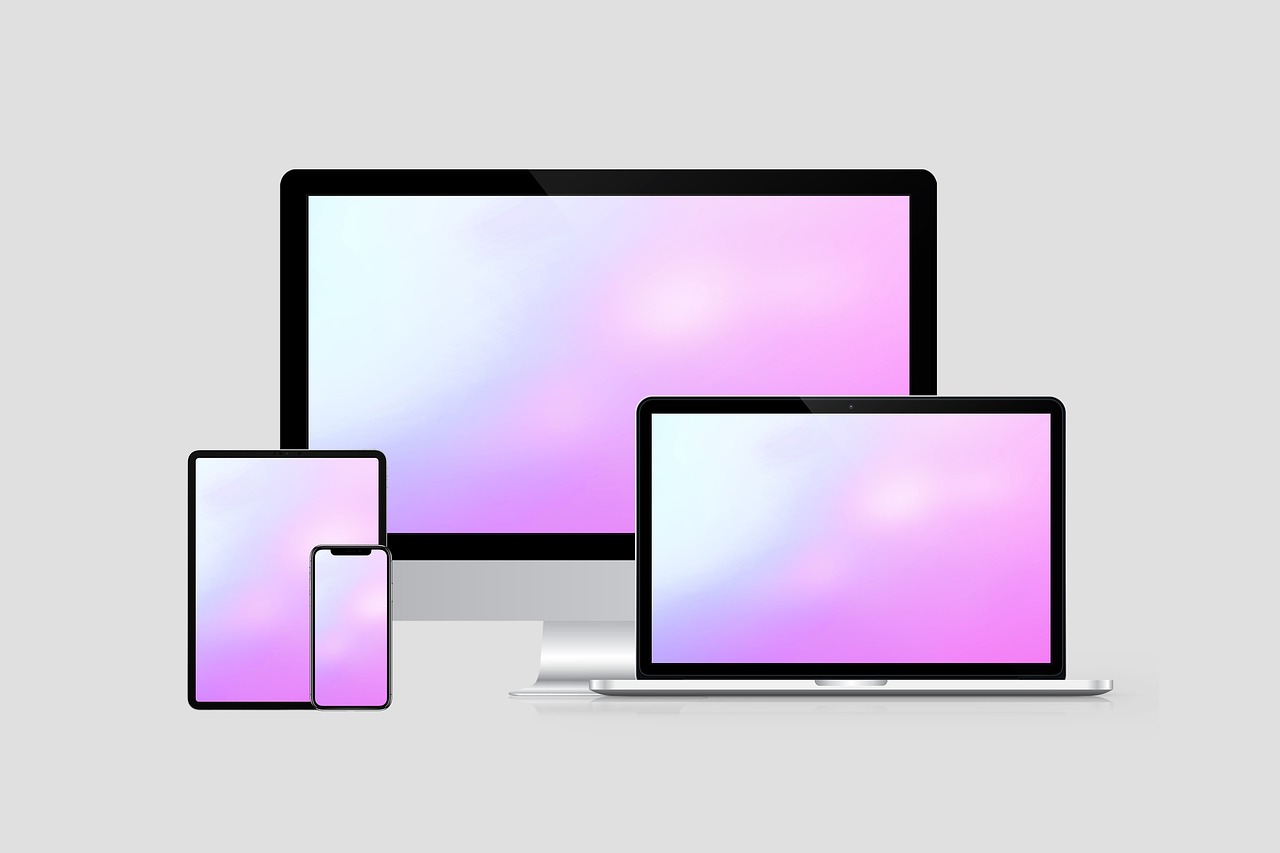
Digital Decluttering
Living in the digital age means we are constantly bombarded with information and digital distractions. Managing digital clutter is essential for maintaining a clear and focused mind. One effective strategy is to organize your digital files into folders based on categories or projects. This not only helps you locate documents quickly but also reduces visual clutter on your screen.
Another aspect of digital decluttering is sorting through your emails. Unsubscribe from newsletters and promotional emails that no longer interest you. Create folders to archive important emails and delete or unsubscribe from unnecessary ones. By decluttering your inbox, you can improve your productivity and reduce the feeling of being overwhelmed by a constant influx of messages.
Reducing screen time is also crucial for digital decluttering. Set boundaries for how much time you spend on social media, gaming, or browsing the internet. Consider using apps or tools that track your screen time and remind you to take breaks. By limiting your digital consumption, you can free up time for more meaningful activities and reduce the mental clutter caused by constant digital stimulation.
When it comes to digital decluttering, remember that less is more. Simplifying your digital life can lead to increased focus, productivity, and overall well-being. Take small steps each day to declutter your digital space, and you'll soon experience the benefits of a more organized and balanced digital lifestyle.

Emotional Clutter
Emotional clutter can weigh heavily on our minds and hearts, impacting our overall well-being and quality of life. It encompasses the sentimental attachments we have to possessions, memories, and even relationships that may no longer serve a positive purpose in our lives. Letting go of emotional clutter is often a challenging but necessary step towards creating a more peaceful and harmonious environment.
One approach to addressing emotional clutter is through the practice of mindfulness. By being present in the moment and cultivating awareness of our emotional attachments, we can make more intentional decisions about what to keep and what to let go of. Mindfulness allows us to acknowledge our feelings towards certain items or memories without being overwhelmed by them, enabling us to declutter with a clear mind and open heart.
Seeking professional help is another valuable strategy for dealing with deep-seated emotional clutter. A professional organizer or therapist can provide guidance and support in navigating the emotional complexities associated with decluttering. They can help us uncover the root causes of our attachments, work through difficult emotions, and develop healthy coping mechanisms for letting go of items that no longer serve a positive purpose in our lives.
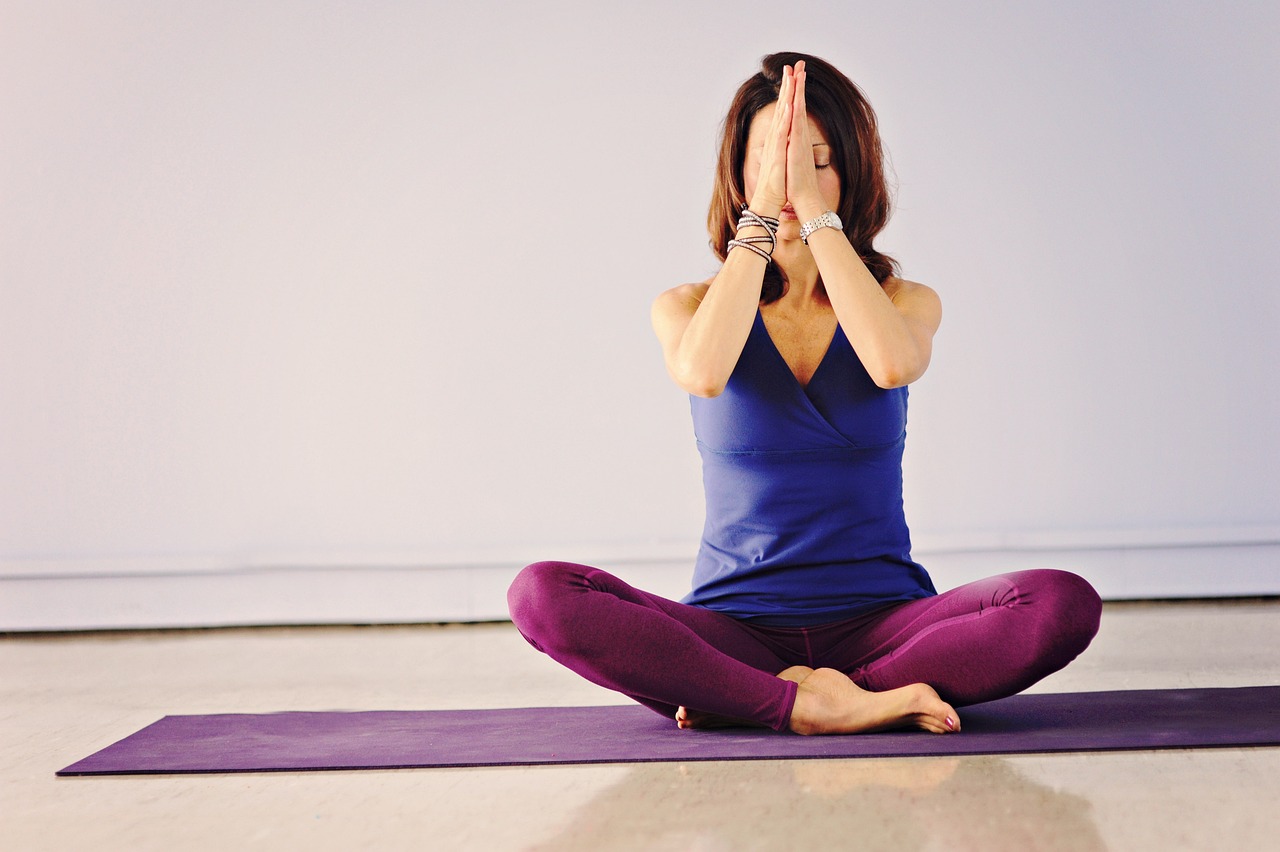
Practicing Mindfulness
Mindfulness is a powerful practice that can greatly aid in decluttering not just physical spaces but also our minds and emotions. By being mindful, we can bring our full attention to the present moment, allowing us to make conscious choices about what items truly bring value to our lives. It involves being aware of our thoughts, feelings, and surroundings without judgment, which can be transformative in the decluttering process.
Imagine approaching your cluttered closet with a mindful mindset. Instead of mindlessly shuffling through items, you pause and truly consider each piece. You ask yourself, "Does this item still serve a purpose in my life? Does it bring me joy?" This intentional reflection can help you let go of unnecessary possessions and create a space that truly resonates with you.
Additionally, mindfulness can help prevent future clutter by encouraging us to think before we buy. Before making a purchase, we can pause and consider whether the item aligns with our values and truly adds value to our lives. This thoughtful approach can prevent impulse buys and unnecessary accumulation of possessions.
Practicing mindfulness in decluttering is not just about tidying up physical spaces; it's about decluttering our minds and emotions as well. By being present and aware, we can let go of emotional attachments to items, release guilt or anxiety associated with clutter, and create a sense of peace and clarity in our living environment.
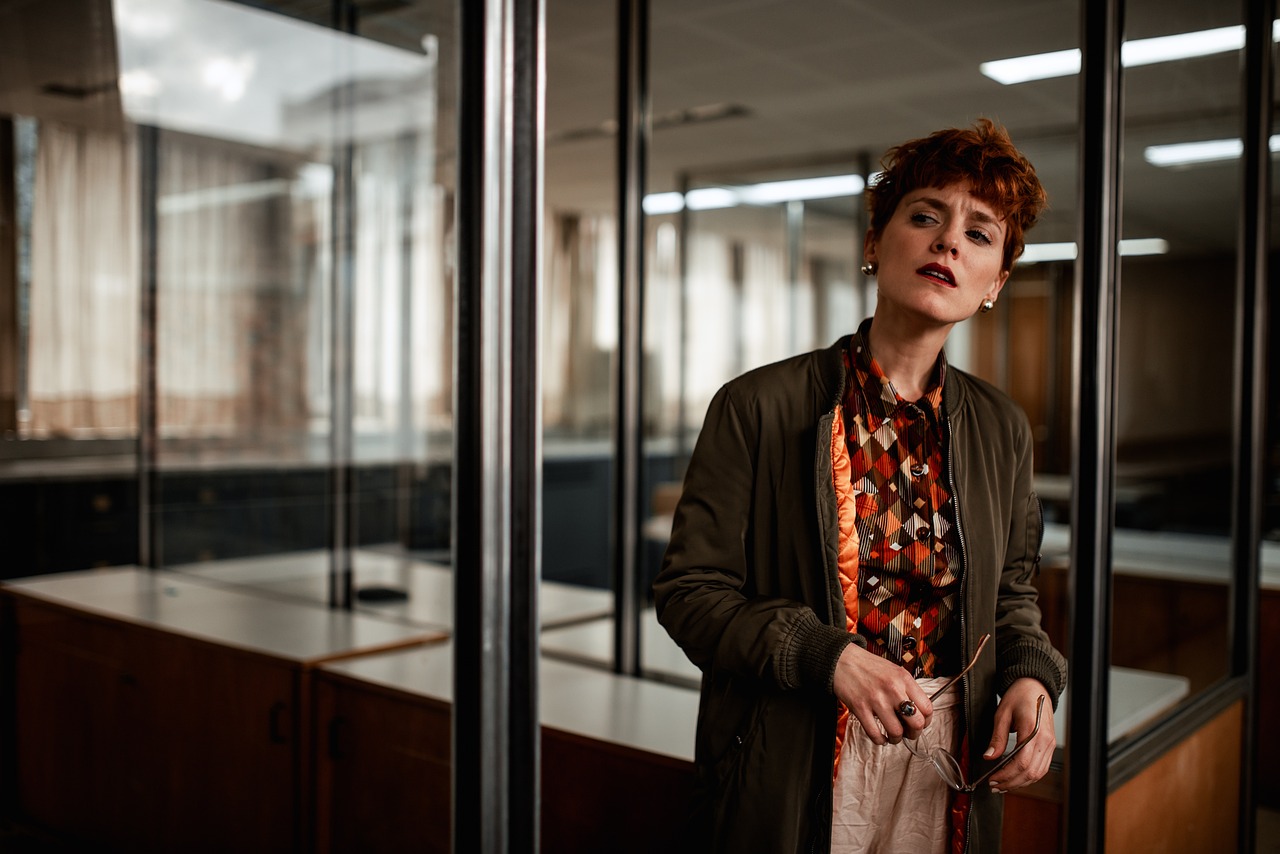
Seeking Professional Help
When it comes to dealing with emotional clutter that may be deeply rooted in your possessions, seeking professional help can be a valuable step towards creating lasting change and emotional well-being. Professional organizers and therapists are equipped with the expertise to guide you through the process of decluttering not just your physical space, but also your emotional state.
Professional organizers can provide practical solutions and personalized strategies to help you tackle clutter in a systematic and efficient manner. They can offer valuable insights on organizing techniques, storage solutions, and creating sustainable decluttering habits. By working with a professional organizer, you can gain a fresh perspective on your belongings and learn how to let go of items that no longer serve a purpose in your life.
Therapists specializing in clutter and hoarding disorders can address the underlying emotional issues that contribute to clutter accumulation. They can help you explore the emotional attachments you have to possessions and uncover the root causes of your clutter habits. Through therapy sessions, you can develop coping mechanisms, build resilience, and cultivate a healthier relationship with your belongings.
Seeking professional help is not a sign of weakness but a proactive step towards self-improvement and personal growth. It allows you to address the deeper emotional clutter that may be holding you back from living a more organized and fulfilling life. Whether you choose to work with a professional organizer or a therapist, remember that you deserve a space that brings you peace and clarity.
Frequently Asked Questions
- How can I start decluttering my living space?
To begin decluttering your living space, start by identifying areas that accumulate the most clutter. You can then use methods such as the KonMari technique or embrace minimalism to streamline your possessions and create a more organized environment.
- What is the KonMari method?
The KonMari method, popularized by Marie Kondo, involves decluttering by category and keeping items that spark joy. It emphasizes tidying in a specific order and encourages individuals to only hold onto belongings that truly bring them happiness.
- How can I manage digital clutter?
To manage digital clutter, you can organize your files, declutter your emails regularly, and reduce screen time. Implementing digital detox practices and creating a system for digital organization can help maintain a healthier digital life.
- What is emotional clutter and how can I address it?
Emotional clutter refers to attachments to possessions that hold sentimental value. To address emotional clutter, practice mindfulness to make intentional decisions about what to keep and let go of items that no longer serve a purpose in your life.
- Should I seek professional help for decluttering?
If you find it challenging to declutter on your own or face deep emotional attachments to belongings, seeking the support of a professional organizer or therapist can be beneficial. They can provide guidance and strategies to navigate through emotional clutter effectively.





